| Columns Retired Columns & Blogs |
Monitor Audio Studio 10 loudspeaker Measurements
Sidebar 3: Measurements
I use a mixture of nearfield, in-room, and quasi-anechoic FFT measurement techniques (using primarily DRA Labs' MLSSA system with a B&K 4006 microphone, but also an Audio Control Industrial SA-3050A 1/3-octave spectrum analyzer with its calibrated microphone) to investigate objective factors that might explain the sound heard. The speakers' nearfield low-frequency responses and impedance phase and amplitude were measured using the magazine's Audio Precision System One.
The Studio 10's plot of impedance amplitude and phase (fig.1) shows the twin peaks in the bass typical of a reflex design. The minimum at 60Hz reveals the port tuning frequency. Though the value drops toward 5 ohms in the upper bass/lower midrange, the Studio 10 should present no drive problems to good amplifiers. Though there were no wrinkles apparent in the amplitude trace, the cabinet was a bit more lively than I would have liked, there being quite a bit of sidewall vibration between 180Hz and 520Hz, with one very strong mode at 500Hz and a less strong one at 400Hz. The Studio 10 played a 1/3-octave warble-tone band centered on 1kHz 6dB higher in level than the LS3/5a, implying a sensitivity of around 89dB/2.83V/m.
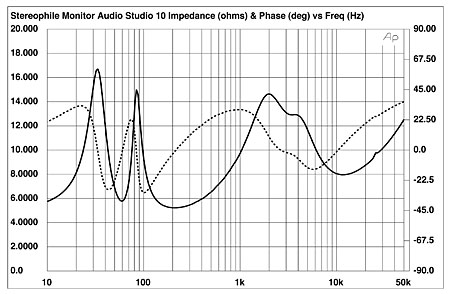
Fig.1 Monitor Audio Studio 10, electrical impedance (solid) and phase (dashed) (2 ohms/vertical div.).
As revealed by the step response (fig.2), the Studio 10's drive-units are connected with the same acoustic polarity, a positive-going electrical pulse producing a positive pressure. The Studio 10's impulse response on the tweeter axis is shown in fig.3 and features a considerable degree of ultrasonic ringing. The impulse response of the woofer on its own is shown in fig.4; it lags the tweeter output by some 100µs and also features some ringing.
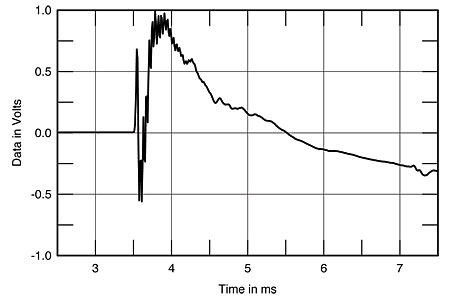
Fig.2 Monitor Audio Studio 10, step response on tweeter axis at 45" (5ms time window, 30kHz bandwidth).
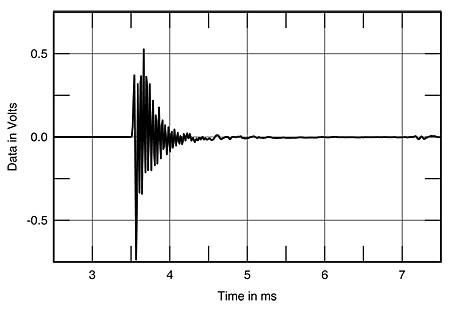
Fig.3 Monitor Audio Studio 10, impulse response on tweeter axis at 45" (5ms time window, 30kHz bandwidth).
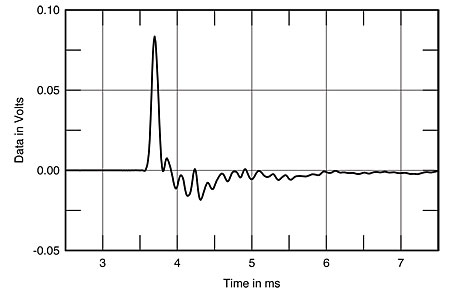
Fig.4 Monitor Audio Studio 10 woofer, impulse response on tweeter axis at 45" (5ms time window, 30kHz bandwidth).
Translating the impulse responses of the individual drivers on the tweeter axis into their anechoic frequency responses with the Fourier transform gives the curves shown in fig.5, coupled with the responses of the woofer and port measured in the nearfield. This graph reveals the crossover frequency to lie at around 3kHz and the port tuning to lie at 60Hz. Note the smooth response trend of both drivers in their passbands, disturbed only by a degree of peakiness around 800Hz or so from the woofer—this was audible on pink noise, but only to a mild degree—and the tweeter's undamped "oil-can" resonance at 25kHz.
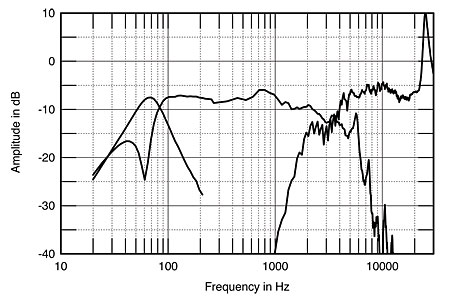
Fig.5 Monitor Audio Studio 10, acoustic crossover on tweeter axis at 45" corrected for microphone response, with nearfield woofer and port responses plotted below 300Hz and 1kHz, respectively.
Note that above its passband, the woofer features a series of highish-Q peaks, presumably due to the breakup modes of the metal cone. That these are due to resonances is confirmed by the woofer's "waterfall" plot (fig.6), which shows how the drive-unit's frequency response changes as the impulse dies away. Resonances show up as ridges parallel to the graph's time axis; note the strong mode at 5.7kHz, for example. This is almost an octave above the driver's crossover frequency, and in the context of the complete loudspeaker's waterfall plot (fig.7) is somewhat suppressed, the speaker's spectral decay being relatively clean within the audio band.
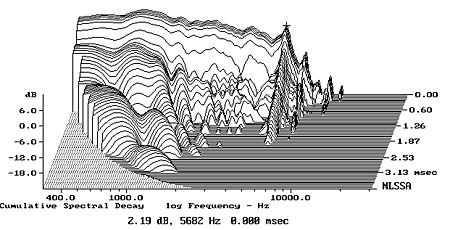
Fig.6 Monitor Audio Studio 10 woofer, cumulative spectral-decay plot at 45" (0.15ms risetime).
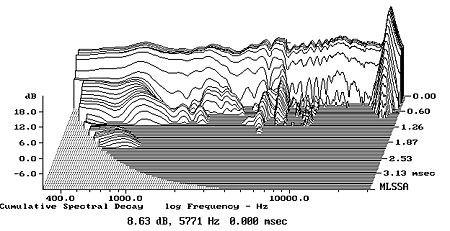
Fig.7 Monitor Audio Studio 10, cumulative spectral-decay plot at 45" (0.15ms risetime).
The Studio 10's anechoic response averaged across a 30° lateral window on the listening axis is shown in fig.8, coupled with the complex sum of the nearfield responses of the woofer and port. A slight peak at 800Hz still makes its presence known, but the response trend is quite smooth through the upper midrange and treble, though with a very slight rising trend.
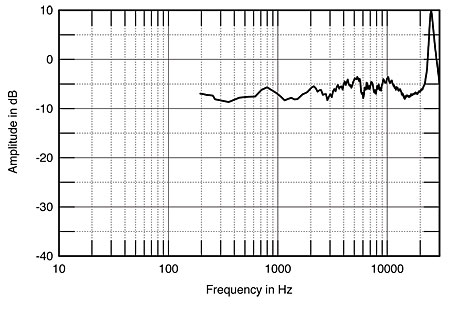
Fig.8 Monitor Audio Studio 10, anechoic response on tweeter axis at 45" averaged across 30° horizontal window and corrected for microphone response, with complex sum of nearfield woofer and port responses below 300Hz.
The Studio 10's response in the vertical plane is reasonably critical, as can be seen from fig.9, which shows, from front to back, the anechoic responses 7.5° below the woofer, on the woofer axis, on the tweeter axis, and 7.5° above the tweeter axis, the last representing what a standing listener would hear at the back of the room. That the crossover has been sensibly implemented is shown by the fact that it is the unrealistically low axis which features the strong suckout at the crossover frequency. Nevertheless, a small suckout appears on the highest axis, which reinforces the idea that the dedicated stands should be used to place the listener's ear on the optimum axis.
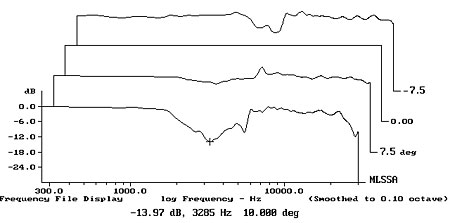
Fig.9 Monitor Audio Studio 10, vertical response family at 45", normalized to response on tweeter axis, from back to front: differences in response 7.5° above tweeter axis; reference response; differences in response 7.5°–15° below tweeter axis.
How all these quasi-anechoic responses translate to the sound in a typical room is shown in fig.10, which is the response of the pair of Studio 10s individually measured at 20 positions in a 6' by 3' window centered on the listening position and averaged to minimize the effect of room resonant modes. Admirably smooth, the response is only broken by a minor excess of energy centered on 630Hz, and a somewhat lumpy bass. (I have always found problems in getting a speaker with a rear-facing port to integrate optimally with the room compared with one that sites the port on the front baffle.) The treble measures as being exceptionally smooth in-room, something that I suspected from my auditioning.—John Atkinson
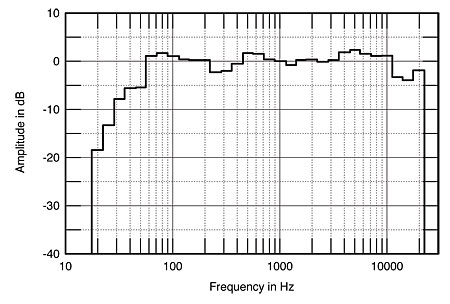
Fig.10 Monitor Audio Studio 10, 1/3-octave, spatially averaged response in JA's listening room.
- Log in or register to post comments




































